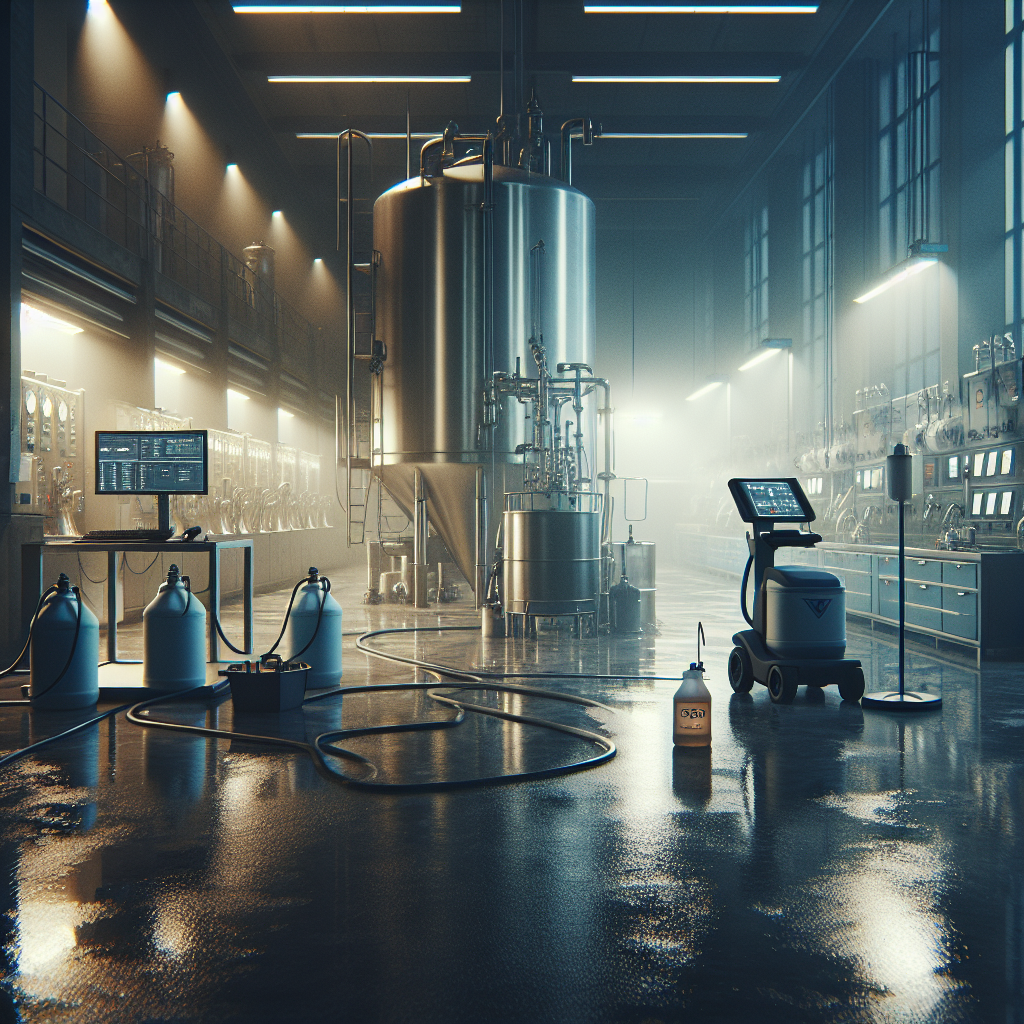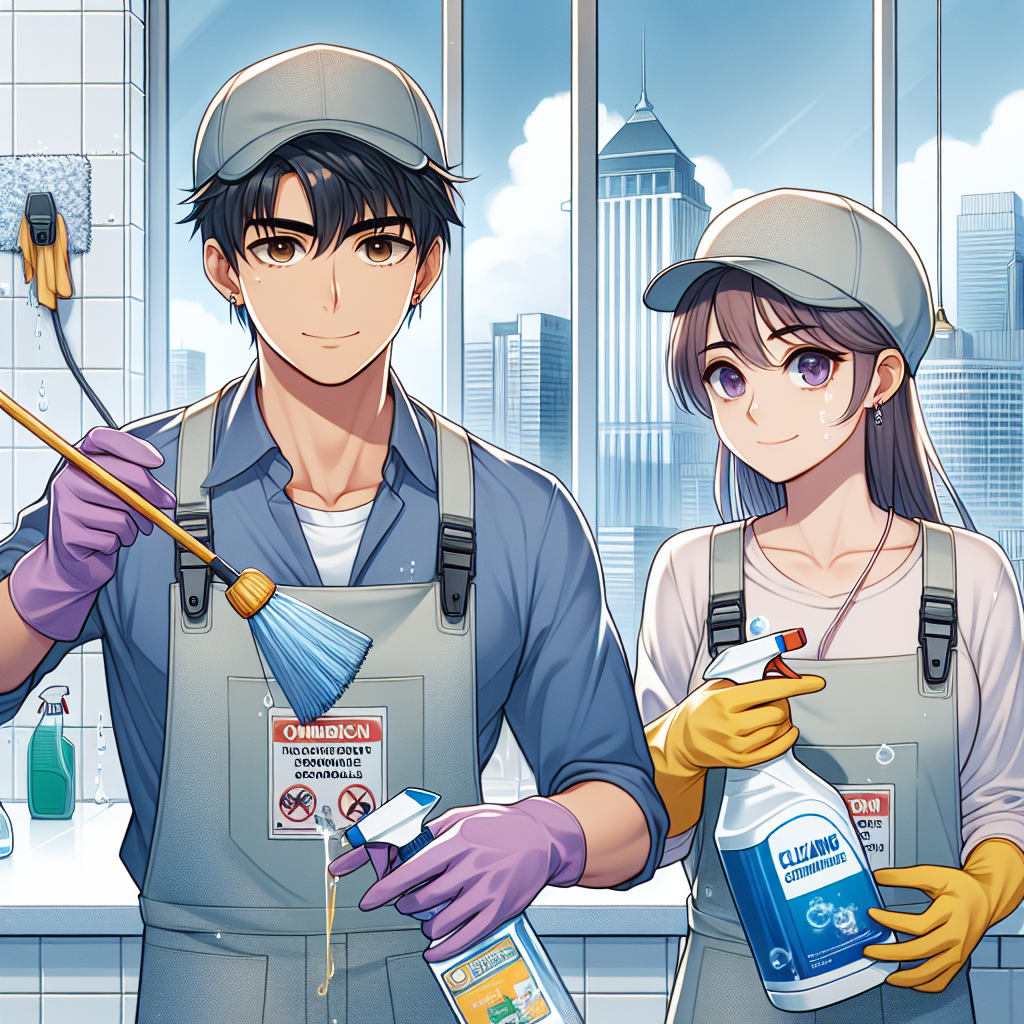As cleaning professionals, ensuring chemical safety is paramount to protecting both your team and your clients. Mishandling cleaning chemicals can have serious consequences, ranging from health hazards to property damage. In this comprehensive guide, we will delve into essential practices and protocols to prevent chemical mishaps in the cleaning industry.
Understanding Chemical Labels
Always read and comprehend the information on chemical labels before use. Labels provide crucial details such as hazards, precautions, and proper handling instructions.
- Identify the product name and manufacturer information.
- Take note of hazard warnings and precautionary statements.
- Understand the recommended personal protective equipment (PPE).
Proper Storage Practices
Store cleaning chemicals in a designated area that is cool, dry, well-ventilated, and away from direct sunlight. Proper storage helps maintain chemical integrity and prevents leaks or spills.
- Keep incompatible chemicals separated to avoid dangerous reactions.
- Secure chemicals in locked cabinets or rooms to prevent unauthorized access.
- Regularly inspect containers for damage or leaks.
Personal Protective Equipment (PPE)
Always wear the appropriate PPE when handling cleaning chemicals to protect yourself from potential exposure.
- Common PPE includes gloves, goggles, masks, and aprons.
- Ensure PPE fits properly and is in good condition.
- Remove and dispose of contaminated PPE correctly.
Proper Handling and Mixing
Follow manufacturer instructions for dilution ratios and proper mixing procedures. Avoid guesswork when combining chemicals to prevent dangerous reactions.
- Use clean and dry measuring tools for accuracy.
- Avoid mixing different chemicals unless specified by the manufacturer.
- Never mix bleach with ammonia or products containing ammonia.
Tip: Create clear guidelines and training materials for employees on proper chemical handling and mixing to maintain consistency and safety standards.
Emergency Preparedness
Develop an emergency response plan in case of chemical spills, leaks, or exposure incidents. Preparedness is key to minimizing risks and ensuring a prompt and effective response.
- Train staff on emergency procedures and the proper use of safety equipment.
- Maintain spill kits and emergency supplies in accessible locations.
- Establish communication protocols for reporting emergencies.
Regular Training and Education
Provide ongoing training to employees on chemical safety, handling procedures, and emergency protocols. Knowledge is a powerful tool in preventing accidents and ensuring a safe working environment.
- Conduct regular safety meetings and refresher courses.
- Stay updated on industry best practices and regulations.
- Encourage open communication regarding safety concerns and incidents.
Documentation and Record Keeping
Maintain detailed records of chemical inventory, usage, safety data sheets, incidents, and training sessions. Documentation serves as a valuable resource for tracking compliance and identifying areas for improvement.
- Organize records in a secure and easily accessible manner.
- Regularly review and update safety data sheets and procedures.
- Use incident reports to investigate and address root causes of mishaps.
Seek Professional Guidance
When in doubt about a specific chemical or procedure, consult with industry experts, chemical manufacturers, or safety professionals. Your commitment to seeking guidance demonstrates a dedication to safety excellence.
- Utilize resources such as industry associations and safety organizations.
- Engage in training programs and certifications for continuous learning.
- Stay informed about regulatory updates and compliance requirements.
In conclusion, prioritizing chemical safety in your cleaning business is not just a legal obligation but a moral responsibility. By implementing stringent safety measures, training your team effectively, and staying vigilant in your practices, you can create a safer environment for both your employees and clients. Remember, safety is not a choice - it's a necessity in the cleaning industry.



